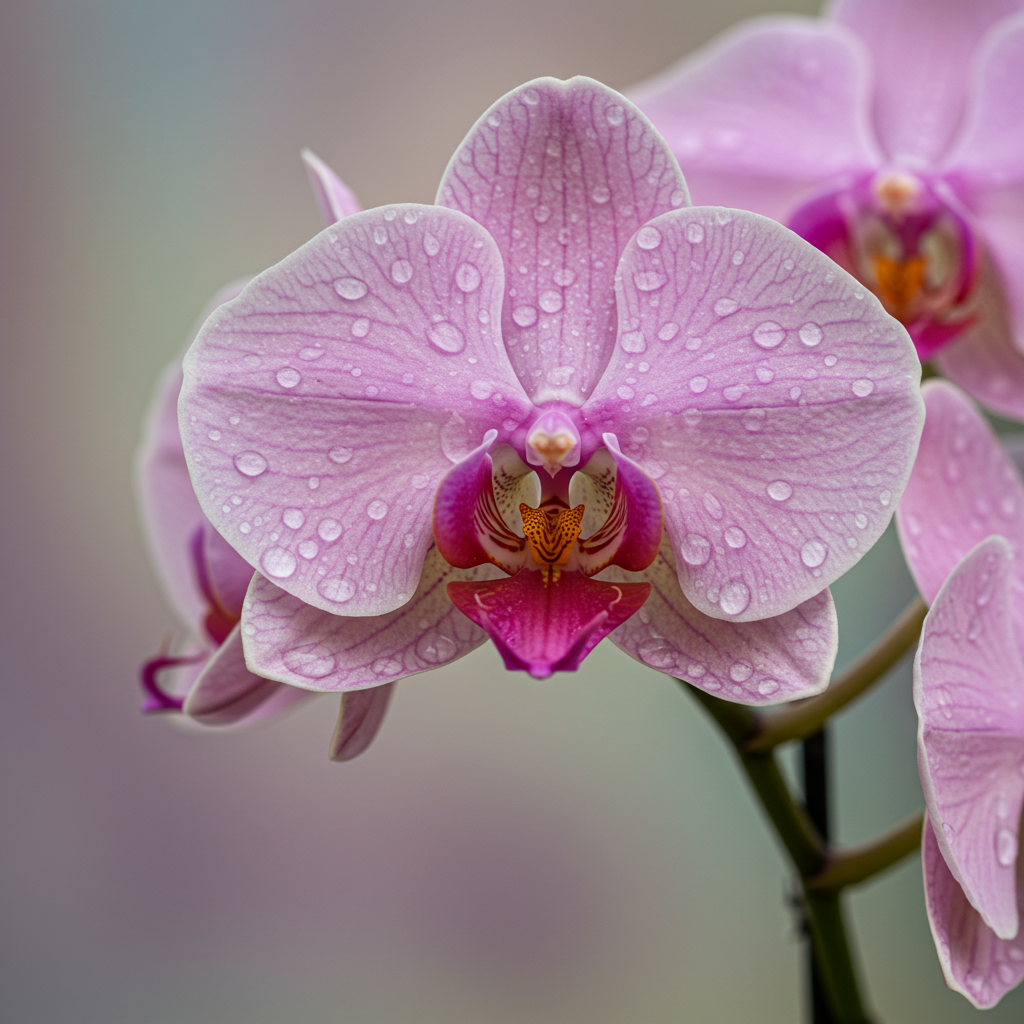
Orchids, with their exotic beauty and captivating elegance, often intimidate aspiring plant parents. Many believe these stunning blooms require complex care, leading to hesitation and missed opportunities to enjoy their splendor. This article dispels those myths, offering simple yet effective tips to create your own orchid oasis and achieve beautiful, long-lasting blooms.
One of the most common misconceptions about orchid care revolves around watering. Overwatering is a frequent culprit behind orchid demise. Instead of adhering to a strict schedule, observe your orchid’s potting mix. Allow it to dry out almost completely between waterings. A good rule of thumb is to stick your finger about an inch into the mix; if it feels dry, it’s time to water. When you do water, ensure thorough saturation, allowing excess water to drain completely. Avoid letting the orchid sit in standing water, as this can lead to root rot.
Light is another crucial factor for vibrant orchid growth. These plants thrive in bright, indirect light. A north or east-facing window is typically ideal. Avoid placing your orchid in direct sunlight, which can scorch the leaves. If your orchid isn’t receiving enough light, you might notice a lack of blooms or dark green foliage. Conversely, too much light can result in yellowed leaves.
Beyond watering and light, proper humidity plays a significant role in orchid health. Orchids generally prefer humidity levels between 60% and 80%. You can increase humidity around your orchid by placing it on a tray filled with pebbles and water, ensuring the pot sits above the waterline. Grouping plants together can also create a more humid microclimate. During drier months, consider using a humidifier to maintain optimal humidity levels. Regularly misting the leaves can also help, but avoid getting water in the crown of the plant, where the leaves meet the stem, to prevent rot.
Temperature is another important consideration. Most orchids thrive in average household temperatures, generally between 65°F and 80°F during the day and slightly cooler at night. Avoid placing your orchid near drafts or heating vents, as these can cause temperature fluctuations that stress the plant. Consistent temperatures are key to encouraging blooming.
Finally, proper fertilization can significantly boost your orchid’s health and flowering. Use a balanced orchid fertilizer diluted to half strength, and apply it every two to four weeks during the growing season (typically spring and summer). Reduce or stop fertilization during the dormant period (usually fall and winter). Over-fertilizing can damage the roots, so it’s always better to err on the side of caution.
Creating an orchid oasis isn’t as daunting as it may seem. By understanding these simple care tips – proper watering, adequate light, sufficient humidity, consistent temperatures, and balanced fertilization – you can unlock the breathtaking beauty and longevity of these captivating plants. With a little patience and attention, you’ll be rewarded with stunning blooms that grace your home for years to come.



